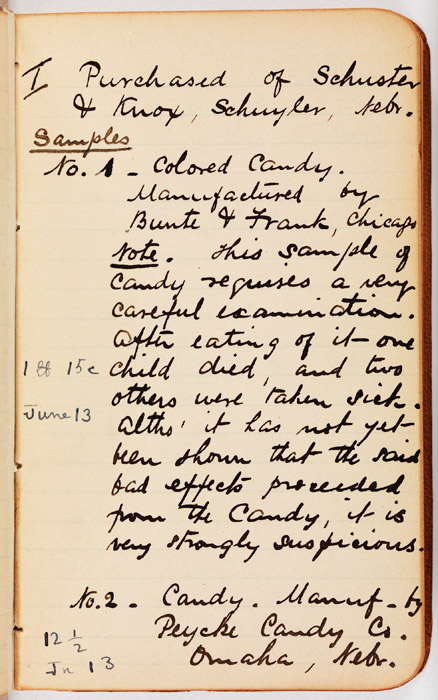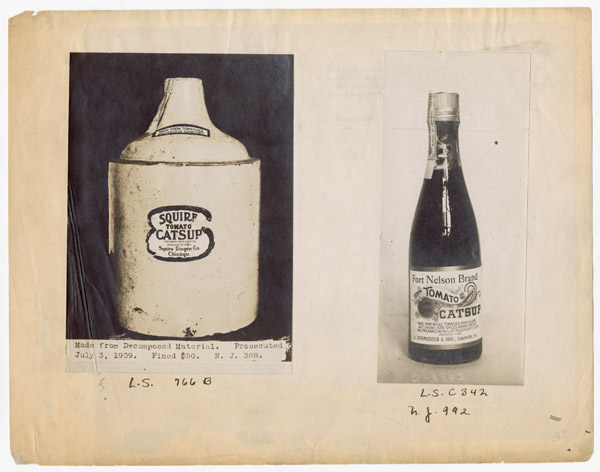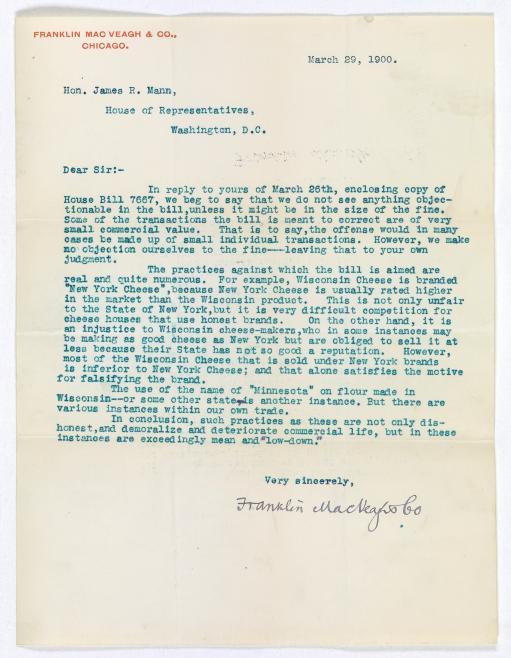The Adulteration
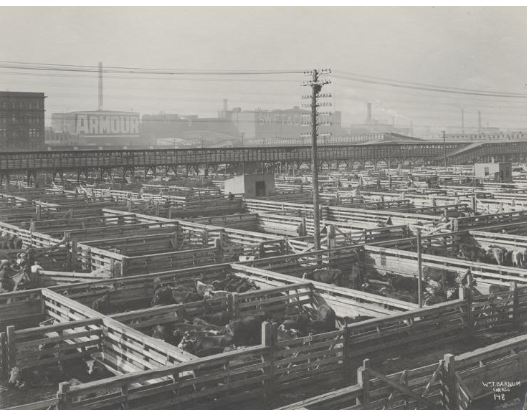
Cattle pens, Union Stock Yard, Photographer: William T. Barnum, Chicago Historical Society.
In one of Harvey Wiley's experiments, he found that most honey on the market was 90% corn syrup that was tinted to appear like honey. The same story was found to be true with jams.
To make milk more affordable for the poor, milk companies found new ways to make their product cheaper. They would add a pint of warm water for every quart of milk and add chalk to make it appear white. To trick buyers into thinking there was cream on top, they would add pureed calf brains. Additionally, to cover up spoiled milk, companies would use formaldehyde, a deadly chemical. As a result, thousands of children would die every year from routinely drinking the milk.
Milk factories were usually set up next to breweries. The factories would feed their cows the brewery's leftovers, which did not provide the necessary nutrients for the cows to produce high-quality milk. The cows were so poorly nourished that their teeth would usually rot out.
Canned vegetables would usually be laced with copper sulfate to appear more green.
It was found that many meats were preserved with borax, a detergent.
"It smells like a human body that's rotted and putrefied but had been preserved with formaldehyde."
~ An army medic said after he opened a can of meat from Armour & Swift, a meatpacking company which had been tasked with sending rations of meat to soldiers during the Spanish-American War.
"I have here . . . a number of adulterated articles. Here is a bottle of cherries, originally picked green, in order that they might be firm, with the green color all taken out with acid until they were perfectly white, and then colored with an aniline dye which is poisonous in any quantity."
~ Representative James Mann
Neill-Reynolds Report
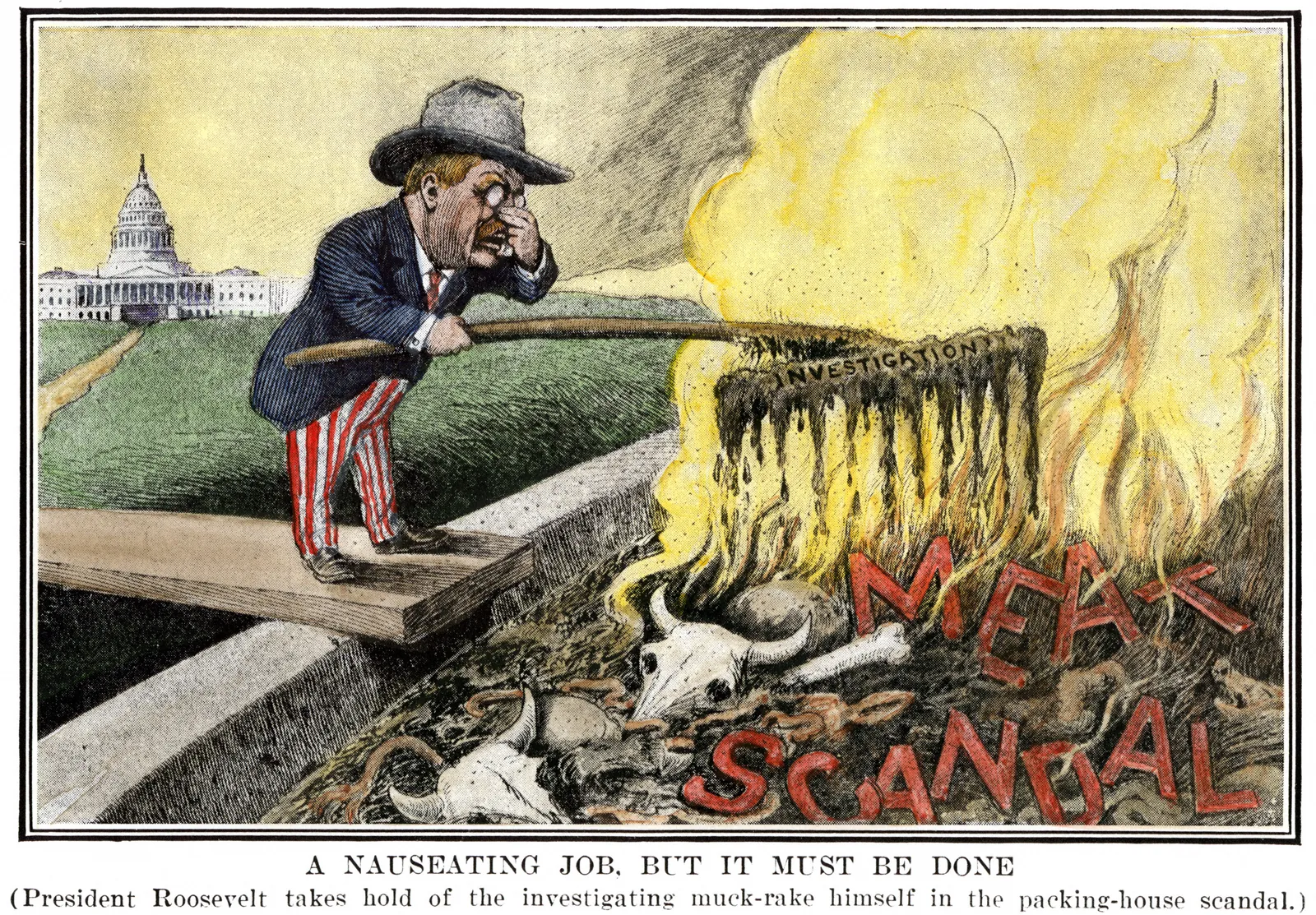
Cartoon of President Roosevelt cleaning up the meat scandal. North Wind Picture Archives/Alamy.
Charles P. Neill and James B. Reynolds wrote the Neill-Reynolds Report. President Roosevelt tasked the two men with proving Sinclair's claims that he made in The Jungle. At first, Roosevelt was stingy about believing Sinclair, however, after Neill and Reynolds saw the horrible practices themselves and confirmed Sinclair's claims, Roosevelt came around to the idea of regulating food businesses.

James B. Reynolds, Charles P. Neill. "Neill-Reynolds Report." Hearings on the So-Called "Beveridge Amendment." 1906.
"An absence of cleanliness was also found everywhere in the handling of meat being prepared for the various meat-food products."
~ Neill-Reynolds Report
